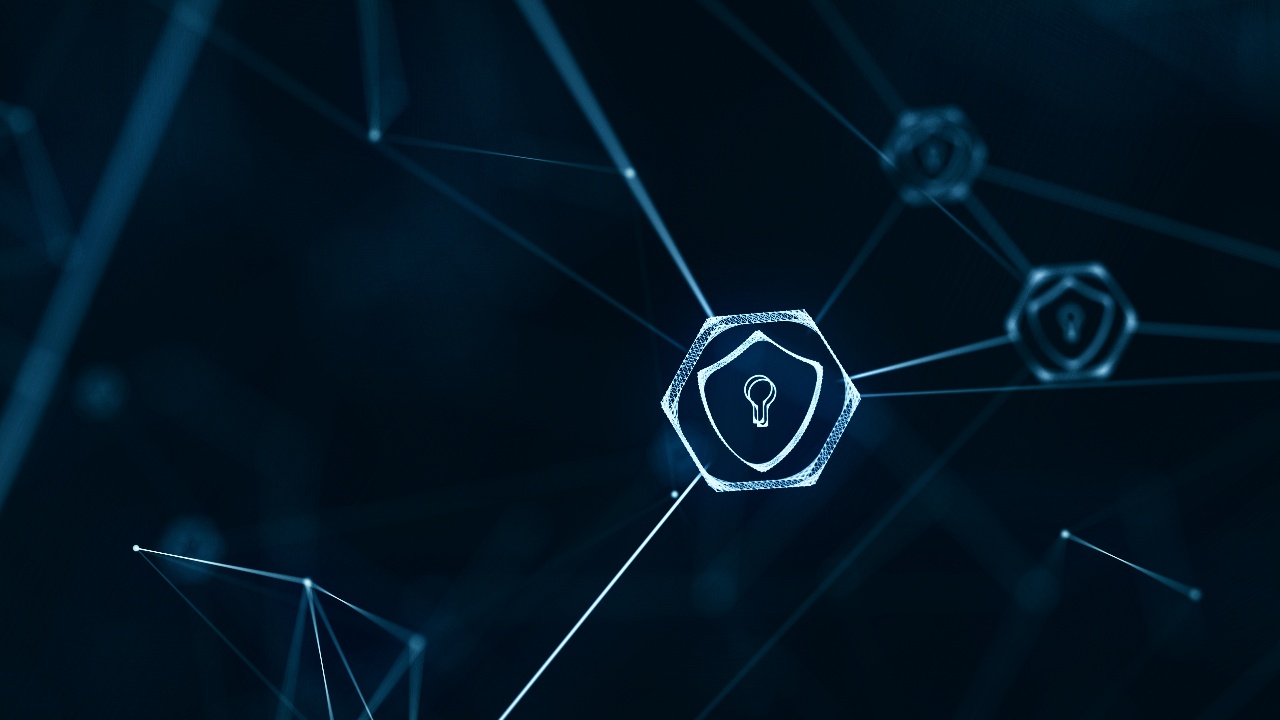This week on TeleGeography Explains the Internet we welcome Jeremiah Ginn, Software Defined Cybersecurity Evangelist at AT&T and author of Diving into SASE.
In this episode, you'll learn how to define SASE based on your audience and identify the key elements that belong in the SASE framework.
We then dig into the fast-paced update cycle for security software. Why is it necessary for the modern network? And what are the implications for upskilling and managed security services?
Next, Jeremiah and I turn our focus on zero trust, and why enterprises need this security posture to be a part of any SASE framework. And we can’t talk about SASE without hitting on SD-WAN and the role of access in the SASE acronym.
Hit the play button below to take it all in.
Subscribe to access all of our episodes:
Apple | Amazon | Spotify | Stitcher | TuneIn | Podbean | RSS
Key Takeaways
SASE is a Software-Defined Cybersecurity Model Built on Zero Trust.
SASE is fundamentally understood as a software defined cyber security model built on a zero trust framework. The zero trust framework and SASE are considered two sides of the same coin, with zero trust being the foundation.
Zero Trust is an Essential Foundation for Modern Security.
Zero trust is not a product to be bought directly, but rather a framework that needs to be built and understood. It signifies a shift toward having no access whatsoever initially, unlike older models where gaining entry might grant broad access.
Access to precious resources requires a policy that allows a series of locks to be unlocked, with each lock representing a different level of access. Identity is crucial in the zero trust framework, tied to the "keys" for these individual locks. These locks should have timeout mechanisms and return to a locked state if policy conditions are not met.
Greg Bryan
Greg is Senior Manager, Enterprise Research at TeleGeography. He's spent the last decade and a half at TeleGeography developing many of our pricing products and reports about enterprise networks. He is a frequent speaker at conferences about corporate wide area networks and enterprise telecom services. He also hosts our podcast, TeleGeography Explains the Internet.




